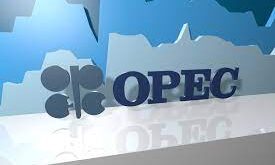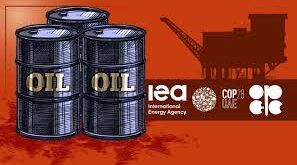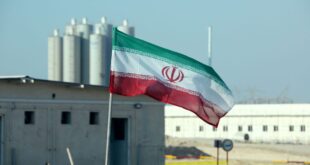A visit from Jean-Claude Juncker. the President of the European Commission. to Washington last week resulted in an agreement between two of the biggest economic blocs in the world. which is a rare thing these days. It also marks a success for President Donald Trump. who famously claimed that `trade wars are good and easy to win`. The EU and the U.S. struck a preliminary deal on trade. which has the potential to prevent a major economic conflict between the allies and strengthen the transatlantic pact. Under the deal. Juncker declared that the EU will buy more products from the U.S.. highlighting U.S. LNG as one key product in the agreement. A quick look at the economics of the global gas market. however. raises some serious questions about the viability of this agreement.
Although the Juncker and Trump meeting represented a cooling of tensions between the transatlantic partners. the lack of details to have come out of the meeting so far does not fill observes with optimism. On the infrastructure side. Juncker declared that the EU would construct more facilities across Europe in order to import U.S. gas. This promise seems an odd one considering that three-quarters of Europe’s existing import facilities already lie empty. Furthermore. the U.S. is facing bottlenecks as liquefaction facilities cannot cope with surging production. which is likely to be solved in the coming years as more facilities are being constructed.
It is highly unlikely that these U.S. facilities will serve European markets as LNG landing prices in Asia are significantly higher than those in Europe. Due to China’s push for cleaner air. demand for gas is expected to rise significantly over the coming years.
Furthermore. the market economy of the EU and the U.S. is based on a liberal economic model. raises questions about how these goals can realistically be achieved. As described above. the problem does not lie with infrastructure as there is more than enough capacity across Europe currently.
During the Cold War. Russia built an extensive network of pipelines in Eastern Europe and. in recent years. several major projects have increased alternative routes and capacity to the northeast and southeast of Europe.
Although recent geopolitical events have damaged Russia’s reputation as the most important supplier of natural gas to Europe. Moscow and Brussels remain perfectly positioned to collaborate in energy markets. Political differences aside. energy relations with Russia have been improving in the last couple of years. with 2017 being a record year in which a total of 193 bcm has been imported from Russia.
Pipelines have proven more important than geopolitics in recent times. Russian natural gas is being traded for an average of $4.5 per million British thermal units. which is far lower than prices on alternative markets and LNG shipped gas (see figure below). Ben Beurden CEO of Royal Dutch Shell does not exclude U.S. gas. but it has to adhere to economic rationale: “Will US LNG reach Europe? Yes. but only if there is an arbitrage opportunity to make sense.“
The détente between the EU and the U.S. on trade is a welcome sign. The agreement. however. is weak and ill-defined. which extends the risk of a trade war indefinitely. Although both sides have pledged to work towards a more positive economic relationship. the deal itself stands on weak ground. Very few details have been worked out. and even those that have don’t appear to make economic sense. Although the easing tensions between the western allies has been a welcome development. no tangible outcomes have materialized. Only time will tell how resilient this deal is going to be.
 Iran Energy News Oil, Gas, Petrochemical and Energy Field Specialized Channel
Iran Energy News Oil, Gas, Petrochemical and Energy Field Specialized Channel




